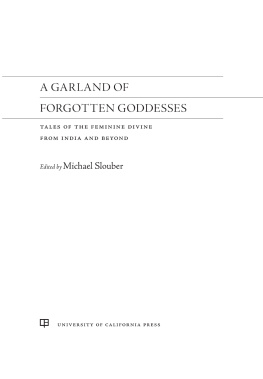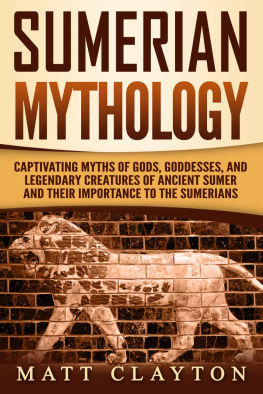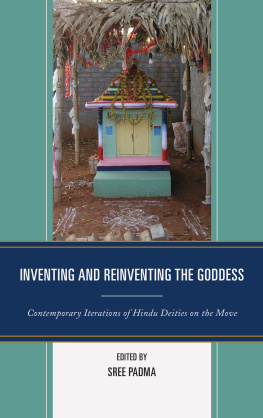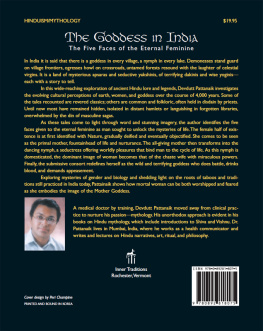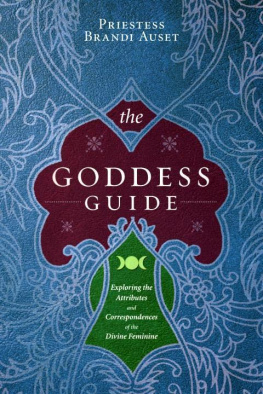A GARLAND OF FORGOTTEN GODDESSES
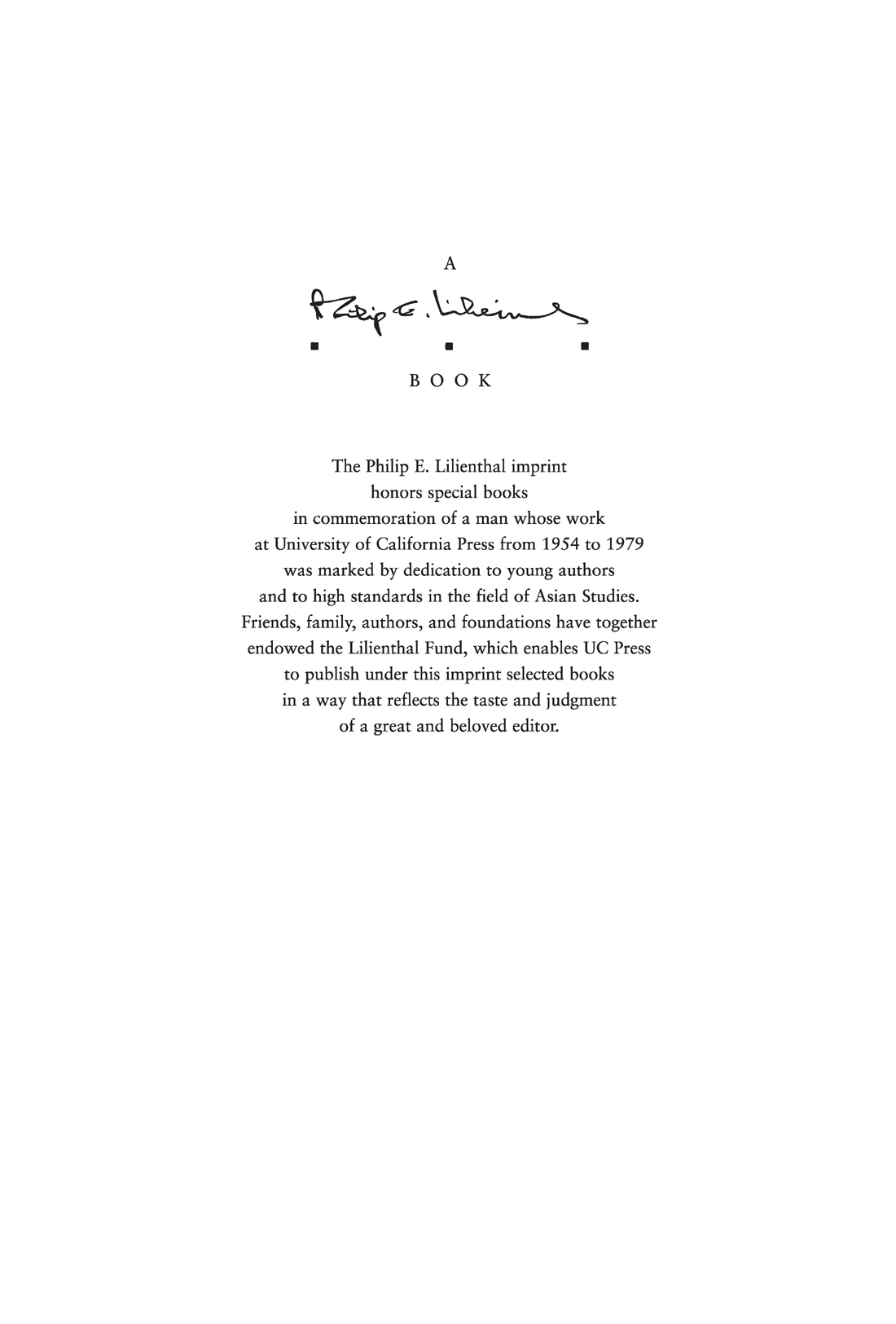
The publisher and the University of California Press Foundation gratefully acknowledge the generous support of the Philip E. Lilienthal Imprint in Asian Studies, established by a major gift from Sally Lilienthal.
A GARLAND OF FORGOTTEN GODDESSES
TALES OF THE FEMININE DIVINE FROM INDIA AND BEYOND
Edited by Michael Slouber

UNIVERSITY OF CALIFORNIA PRESS
University of California Press
Oakland, California
2021 by The Regents of the University of California
Library of Congress Cataloging-in-Publication Data
Names: Slouber, Michael, editor.
Title: A garland of forgotten goddesses : tales of the feminine divine from India and beyond / edited by Michael Slouber.
Description: Oakland, California : University of California Press, [2021] | Includes bibliographical references and index.
Identifiers: LCCN 2020021296 (print) | LCCN 2020021297 (ebook) | ISBN 9780520375741 (cloth) | ISBN 9780520375758 (paperback) | ISBN 9780520976214 (epub)
Subjects: LCSH: Hindu goddesses. | HinduismDoctrines.
Classification: LCC BL1216 .G37 2021 (print) | LCC BL1216 (ebook) | DDC 294.5/2114dc23
LC record available at https://lccn.loc.gov/2020021296
LC ebook record available at https://lccn.loc.gov/2020021297
Manufactured in the United States of America
28 27 26 25 24 23 22 21
10 9 8 7 6 5 4 3 2 1
Contents
PART ONE .
PART TWO .
PART THREE .
Illustrations
MAP
FIGURES
Preface
You hold in your hands the first anthology of goddess narratives available in translation. Twelve Hindu goddesses make up this garlandnot a literal string of flowers such as those offered to goddesses in temples, but rather a curated collection of exciting but largely overlooked tales and rare visualizations offered to the reader in the hopes of fostering deeper understanding and inspiring future scholarship. The narratives include legends about defeating demons and negotiating roles with other goddesses, lore about devotees and miracles, and Tantric visualizations from little-known but highly influential scriptures.
We seek to reinvigorate the study of Indian goddesses by making available fresh primary sources for the reader to analyze directly. Each of the narratives presented here is historically significant, yet they are among thousands of other overlooked stories that languish in archives all around South and Southeast Asia. The voices in these narratives have much to teach us about the ornate diversity of Hindu goddesses, the interplay of local and larger transregional traditions, and the ways religion adapts to changing times. Sourcebooks are plentiful in almost every area of the humanities, yet goddess studies has, until now, lacked an anthology of this kind. As none of these sources were previously available in translation and many remain unpublished, the volume also makes original contributions to scholarship.
The selections span a range of dates, languages, and genres: from the sixth-century Sanskrit Skanda Pura, to the early medieval Tantras, medieval place legends, and modern song lyrics and devotional booklets targeted at pilgrims. The chapters are grouped into three categories: tales of demons and battle, miracles and devotees, and Tantras and magic. These include sources from Bali in the far southeast of monsoon Asia, from the Kathmandu valley of Nepal, and from various parts of India: the northeastern states of Bengal and Arunachal Pradesh, the southwestern states of Kerala and Karnataka, Gujarat and Rajasthan in the northwest, and Kashmir in the far north.
Our choice to frame these sources and goddesses as forgotten calls for an explanation. After all, over half of the selected goddesses are the focus of living local traditions, actively worshiped by millions of devotees in their respective areas. In those cases, the forgetting cannot apply straightforwardly to the Hindu public. And yet the sources themselves are, for the most part, no longer widely known; both insiders and outsiders may be interested in learning more about the little-known histories of these twelve fascinating goddesses. The forgetting that we wish to highlight also pertains to modern scholarship and curriculum design for courses on South Asian religions. When goddess traditions are included in such courses, sometimes only particular mainstream viewpoints are conveyed to students, and often only through the filter of secondary sources.
The need for a collection of diverse primary sources in English with which to introduce Hindu goddess traditions inspired this book. And it is not that such sources were entirely unavailable until now. However, most are scattered in volumes that present them with the scholars own analysiswhich is often brilliant but leaves little scope for readers to be active participants by practicing their own analysis and critical thinking. Literature is a marvelous tool in such a situation, since stories are universal ways of bringing cultural and moral values to life. Almost everyone grows up with cultural narratives, be they fictional or historical, religious or secular, family stories or national myths, for entertainment or for more serious educational purposes. The current collection serves as a reminder that a rich store of unstudied Hindu goddess lore is available in manuscripts and printed books, as songs, and in dramatic traditions from India and beyond.
Forgetting or neglecting the diversity of Hindu goddess traditions is not only an academic phenomenon but ties in with processes that have been actively shaping goddess worship in the Indian cultural zone for over two thousand years. We refer to these processes as Sanskritization or Brahminization: connecting local deities and traditions with orthodox pan-Indian mythology and ritual practices. This pervasive and long-standing trend serves, on the one hand, to unite a myriad of deities under the banner of a more universal religious configuration that transcends regional differences. On the other hand, standardization and simplification may also occlude the beautiful and intricate depth, besides the local character, of Hindu goddess traditions. Claiming that a local goddess is none other than the Mother of the Universe who readily grants miracles to her devotees can attract huge masses of pilgrims to a previously little-known local shrine. And yet that fame may, in some cases, also result in changes to long-standing local traditions and the rejection of practices such as animal sacrifice and deity possession that high caste authorities regularly deem unacceptable. Such conversations and debates over identity and ritual have been shaping Hinduism for thousands of years and continue to influence our understanding.
As a verb, forgetting typically implies an unintentional failure to remember. But it can also imply a deliberate process of actively minimizing or marginalizing, such as when authorities seek to transform a goddesss character, or the rituals associated with her, in the interest of making a text or a site more appealing in the face of changing trends in religion. Responding to the conference panel that inaugurated this book project at the American Academy of Religion meeting in 2016, Rachel Fell McDermott raised the question of whether all of this forgetting is necessarily regrettable. This book contends that while changes in religion over time are not inherently regrettable, earlier texts and forms are intrinsically worthy of our attention. Knowing the trajectories of the goddesses in this book enriches the present with the depth and nuance of the past. As works exploring what it means to be human, and what it means to be divine, they have the power to touch our lives and, sometimes, to transform us. Let them be forgotten no more.
Next page
